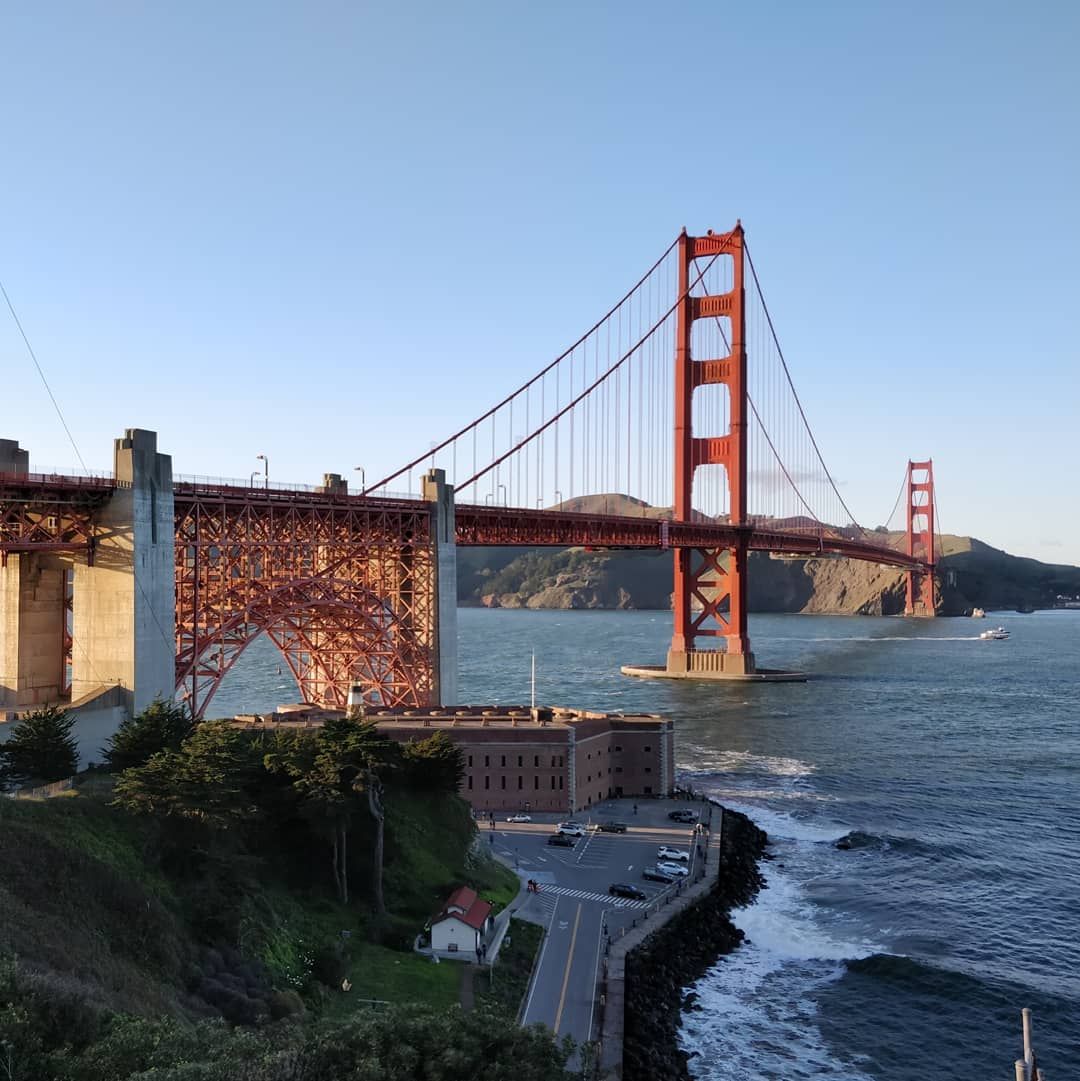My San Francisco Startup Adventure
Since my participation in the IdeaHub pre-accelerator program, Nimrod and his team have launch follow-up programs called "Startup Adventures" in a variety of tech hubs across the world (Shanghai, Tel Aviv, San Francisco and Singapore). This blog post tells the story of my very own Startup Adventure.
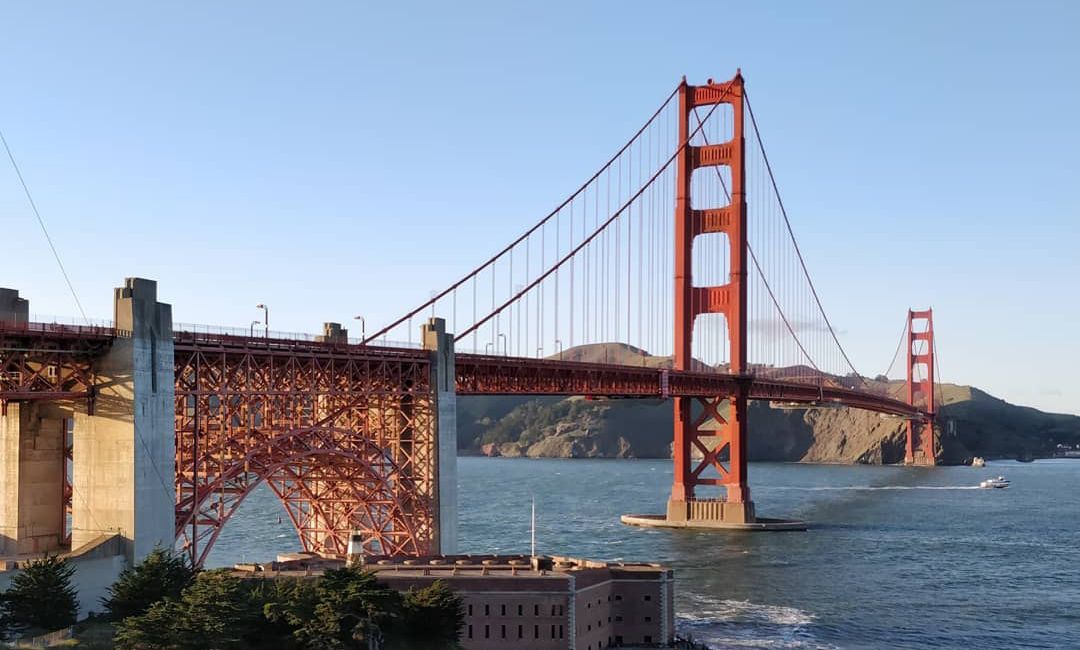
The Build Up
The University of Queensland (which I've attended for an unreasonably long time) recently started focusing on student entrepreneurship in a substantial way, which has led to the creation of IdeaHub, a "pre-accelerator" program and workspace designed to prepare students to engage with the startup ecosystem while still studying. I participated in the six-week program in late 2017 and found it to be enormously valuable. In addition to engaging talks given by Glen Richards (founder of Greencross Vets) and Professor David Wood (then-CTO of web text-editor company Ephox, now rebranded as Tiny), we also engaged in "Design Jams" facilitated by fellow student-entrepreneurs. What we didn't know at the time was how successful the program would be, or the amazing opportunities it would open up in the future.
Since my participation in the pre-accelerator program, Nimrod and his team have launched a series of follow-up programs called "Startup Adventures" based in a variety of tech hubs across the world (Shanghai, Tel Aviv, San Francisco and Singapore). My first impression was that these trips would be somewhat similar to the Startup Catalyst program run by the Queensland State Government, largely consisting of "tech tourism" (i.e. visits to large tech companies in each destination). However, what Nimrod and IdeaHub provide is something infinitely more valuable. This blog post tells the story of my very own Startup Adventure.
Getting Selected
I'd applied for the Tel Aviv Startup Adventure Program in early 2018, but the program was so popular and received so many applications that I didn't make the cut. When a new destination was announced in late 2018, no less than San Francisco itself, I was determined to apply again. This time, I had a research position and the newly conferred presidency of the UQ Computing Society on my résumé. This it seems, was enough to sway the odds in my favour. The short, efficient application process was followed by an equally quick interview, and before I knew it I was meeting my fellow adventurers and hearing about all the things we'd be getting up to in California. First though, IdeaHub had to find a suitable start-up to place me in. This, as I would come to learn, is not as easy as it sounds.
The first company I was due to be placed with was Linqia, a company that connects established brands (think NBC, or Nestlé) with influencers (i.e. famous instagram personalities). As part of the process, I was asked to sit a technical interview over video link with one of Linqia's engineering managers. There was some initial confusion about the interview: I had been told it would involve algorithms and data structures, and that I would be able to complete it in Python, but the problem I was presented didn't involve any of these topics and could only be completed in Java. Nevertheless, I was able to complete the assigned task (except for one test case that was, in fact, incorrect). My interviewer was satisfied with my performance, but unfortunately word hadn't been passed down to him at that stage about the short nature of the trip. He felt that it would be impossible to provide a proper internship experience in such a short period of time (four working weeks), which I understood. With only four days until we were to fly out, this left me in a spot of bother. Thankfully, a UQ alumni and the company he had founded would step in to save the day.
Patchd
I'd first met Robert Quinn as a speaker during the IdeaHub pre-accelerator program and been inspired by his passion and enthusiasm. He and his co-founder Wei had just been through the muru-D incubator program in Sydney, the closest thing Australia has to Y-Combinator. At the time, their goal had been to build a device capable of detecting sepsis, a common and fatal disease, before doctors were able to diagnose it. Since I'd met Robert that first time, the company had moved to Silicon Valley, made it through the intensive Y-Combinator application process, and raised seed funding. With this new capital, they'd been able to move out of the Valley and into San Francisco's financial district. This is where they were when Nimrod, ever the connector of people, reached out to ask if they'd consider taking myself, and my fellow traveller Tim, on as interns. Rob's quick and efficient handling of the matter, along with a short phone interview with Wei (en route to my brother's wedding) quickly settled the matter: I'd be working at Patchd for the next month.

And We're On Our Way...

Our flights to San Francisco were largely uneventful, despite the somewhat confusing terminal system at LAX, where we met our connecting flight. We got into SFO quite late, around 11PM on a Sunday, and made our way to the hostel in Downtown SF we would call home for the next month.
Before we started work on Tuesday (Monday being Martin Luther King day), Nimrod was determined to show us as much of the city as possible, so we followed him on adventure from downtown, through the heart of the city, down to the wharves including the famous Pier 39 and Fisherman's Wharf, before heading across to the Paradiso and taking San Francisco's famous cable cars to the top of city. As if that 21km epic wasn't enough, we also managed to pick up tickets to visit Alcatraz the following Saturday.
Rather than bore you with a blow-by-blow account of my four weeks in San Francisco, I've picked out some of my favourite moments and events to focus on.
Meeting Patchd
Patchd is located a very handy 12 minute walk from our lodgings, taking me past not only the scenic Union Square, but also one of San Francisco's shiny new two Amazon Go stores (no checkout, just walk out with what you want and get charged to your account). Tim and I were unsure how strict working hours were, so we'd resolved to arrive at 9AM which we did, only to struggle to find the place when we got there. Thankfully, someone was around to let us in and show us where to go.
At that time, Patchd consisted of Rob (CEO), Wei (CTO), Max (Algorithms Engineer) and Jordan (Administrative Assistant) in a brand new office easily capable of fitting a staff of 15-20. In fact, they were so new to the office that they hadn't had a chance to put together the convertible standing desks we'd be using during our stay. This became our first task, somewhat self-assigned as the Patchd staff were mortified that we were happy to do it ourselves. Once that was done, the real work began.

My Work at Patchd
Despite the desk kerfuffle, the Patchd team had gone out of their way to ensure that both Tim and I had well-defined, achievable tasks for our time with the company. For me, that meant working with the core Patchd library. To indulge in some technical speak for a minute, I was specifically tasked with parallelising the training of the recurrent neural network responsible for training the model used to detect sepsis. Breaking this down, training machine learning models is often slow, especially when you have as much data as Patchd does. One way to overcome this is to split up the training data and run it on multiple computers simultaneously before combining the results back together.
The first problem I had to overcome was that I'd never worked with (or learnt about) machine learning, or the specific library (Tensorflow, developed by Google) that Patchd uses to make its models. This is where Max came in. Max was responsible for Tim and I at Patchd, and he's an incredible teacher. In the course of a single week, he was able to get me up to speed on the theory of recurrent neural networks and productive with Tensorflow.
Unfortunately, there was another problem. In the rush to get a working model, the team had taken certain necessary shortcuts, which had resulted in a somewhat messy codebase that was almost impossible to get working across multiple machines. Max and I would spend the next two weeks cleaning up the codebase, implementing an object-oriented structure and centralising state into a few key classes. During this time, I taught Max the basics of software engineering good practice and he continued to teach me (and Tim) how machine learning works.
Our time at Patchd wasn't purely technical. Rob was determined to give Tim and I exposure to the business side of start-ups and venture capital as well. During our time there we sat in on calls with lawyers, VCs, regulatory advisors. Rob also broke down the process of acquiring funding, explaining how the various rounds work and what kind of attitude/approach is needed to seal the deal. This was the kind of knowledge you just can't get from a book or a class and really made my time at Patchd.
Before too long though, it was our last week. I hadn't achieved everything I'd set out to, but I left the company with a much cleaner codebase and a roadmap for achieving parallelised training (not to mention ten freshly built standing desks they didn't have before Tim and I arrived).
Extracurricular Activities
Not only did we get the chance to contribute at incredible companies doing groundbreaking work, we also spent a good deal of time exploring San Francisco and the wider bay area. I've picked out a few of my favourites:
One of the things I was most looking forward to in San Francisco (well, technically Mountain View) was visiting the global headquarters of Google a.k.a. the Googleplex. It seems like every software engineer (at least at some point) wants to work for Google and several friends and associates of mine already do. In particular, David Finster (Systems Engineering) who would give our team the tour, and Daan van Esch (Linguistics) who I'd worked with on the Transcription Acceleration Project. After spending only a couple of hours on the campus, which is really more of a suburb, I could definitely see the appeal.

Alcatraz
Alcatraz was a must-see for most of us, and it didn't disappoint. We all took the audio tour of the island and were transported to a different time. We heard about many of its famous, or rather infamous, inmates and what their lives as prisoners were like. The island (and prison) had its fair share of momentous events during its working life including the Battle of Alcatraz (an inmate uprising necessitating intervention by the army) and an occupation by Native Americans during the 1960s. The island is well worth the exorbitant cost of entry, but make sure to take the "free" audio tour to get your money's worth.
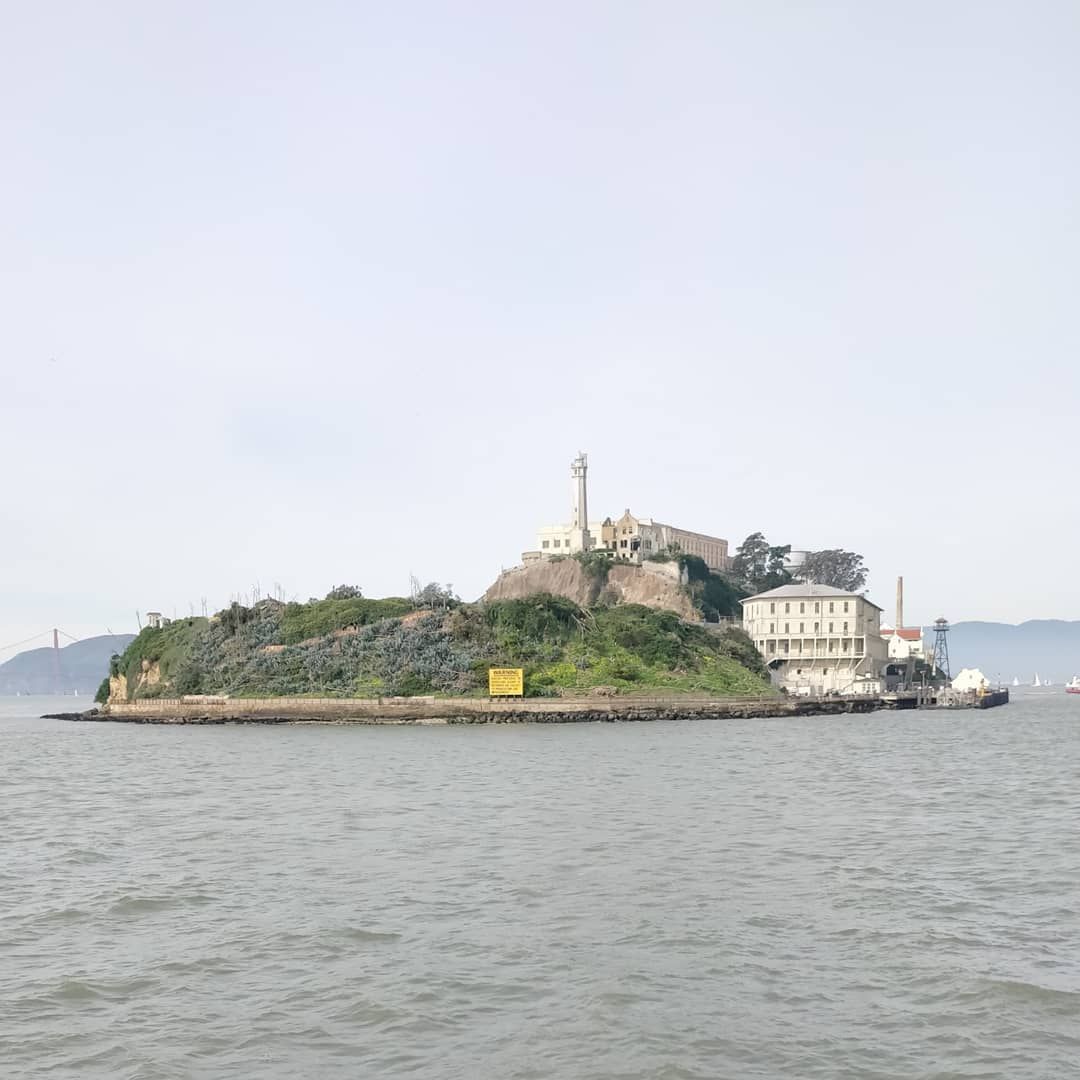
The University of California - Berkeley
No trip to San Francisco would be complete without visiting the greatest of the University of California campuses at Berkley. Our primary focus was Berkeley's "Skydeck", their in-house incubator and co-working space - somewhat like UQ's iLab, but on a far grander scale. We'd been invited for a tour by the founders of Humm, another Aussie startup focussed on enhancing brain performance. Little did we know, this would also include a tour of the Berkley campus, which involved T-Rex bones, the world's largest eucalyptus trees and a carpark devoted entirely to recipients of Nobel prizes. Before we left, we were also lucky enough to sit in on a Q&A session with Stephanie Zhan of Sequoia Capital, the valley's most prestigious venture capital firm.

The Aussie Founders Network
One of our first events on the ground after arriving in San Francisco was a fireside chat hosted by the Aussie Founders Network with Ash Fontana, an Aussie start-up founder who had transitioned into venture capital after a successful exit. This chat was particularly enlightening as Ash wasn't the type to mince words or oversell. The main takeaway from his talk was that we needed to "network like Americans," which basically boiled down to overcoming the distinctly Australian urge to undersell ourselves and our ideas. What was even more valuable though was getting our first glimpse of how networking really worked in SF. There is nothing more valuable there than being able to connect people, and the only way to do that is to overcome any distaste or fear of meeting new people and dive right in. This was made so much easier because AFN members were so eager to help you succeed. Because of the vast array of original ideas and industries on display, the likelihood of being in competition with anyone else was almost non-existent.
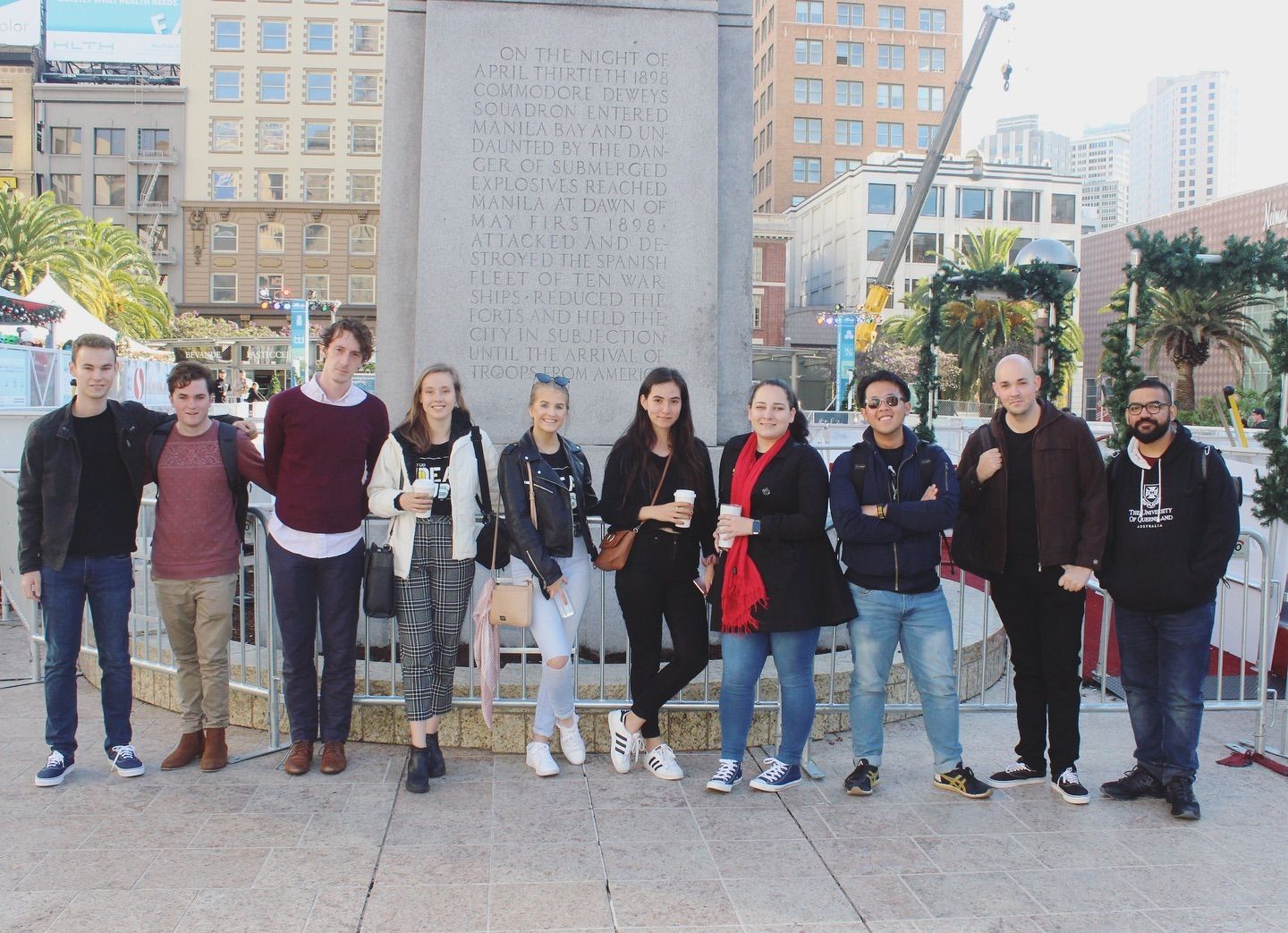
Our last "Big Tech" stop was Twitter, where we were shown around by Timothy Marks, another UQ grad we'd met at the Alumni event in our first week. Again, Nimrod's slick networking skills (and Tim's friendliness) came to our rescue and got as invite to visit the house that Jack Dorsey built in downtown SF. By far the most modern of the HQs we'd visited, Twitter was lush. It was situated in multiple highrises towards the bay end of Market Street connected by an Atlassian-like skywalk between buildings. There were three separate dining areas/kitchens serving different types of food, thankfully we were there around lunchtime and got to partake. We also got to use the Twitter selfie machine, which took photos of all of us and uploaded them to - you guessed it - Twitter.

Muir Woods
While being surrounded by and working in a high-tech environment is the dream of every software engineer, it's nice sometimes to be able to get back to nature - so, one weekend while half of our squad headed down to LA to visit Disneyland, the rest of us made our way over to Muir Woods, on the other side of the Golden Gate bridge. It turned out to be well worth the long bumpy bus ride. California redwoods are absolutely stunning, and Muir Woods is amongst the best the state has to offer. It also helped that our bus, unlike the one back from LA, didn't break down.
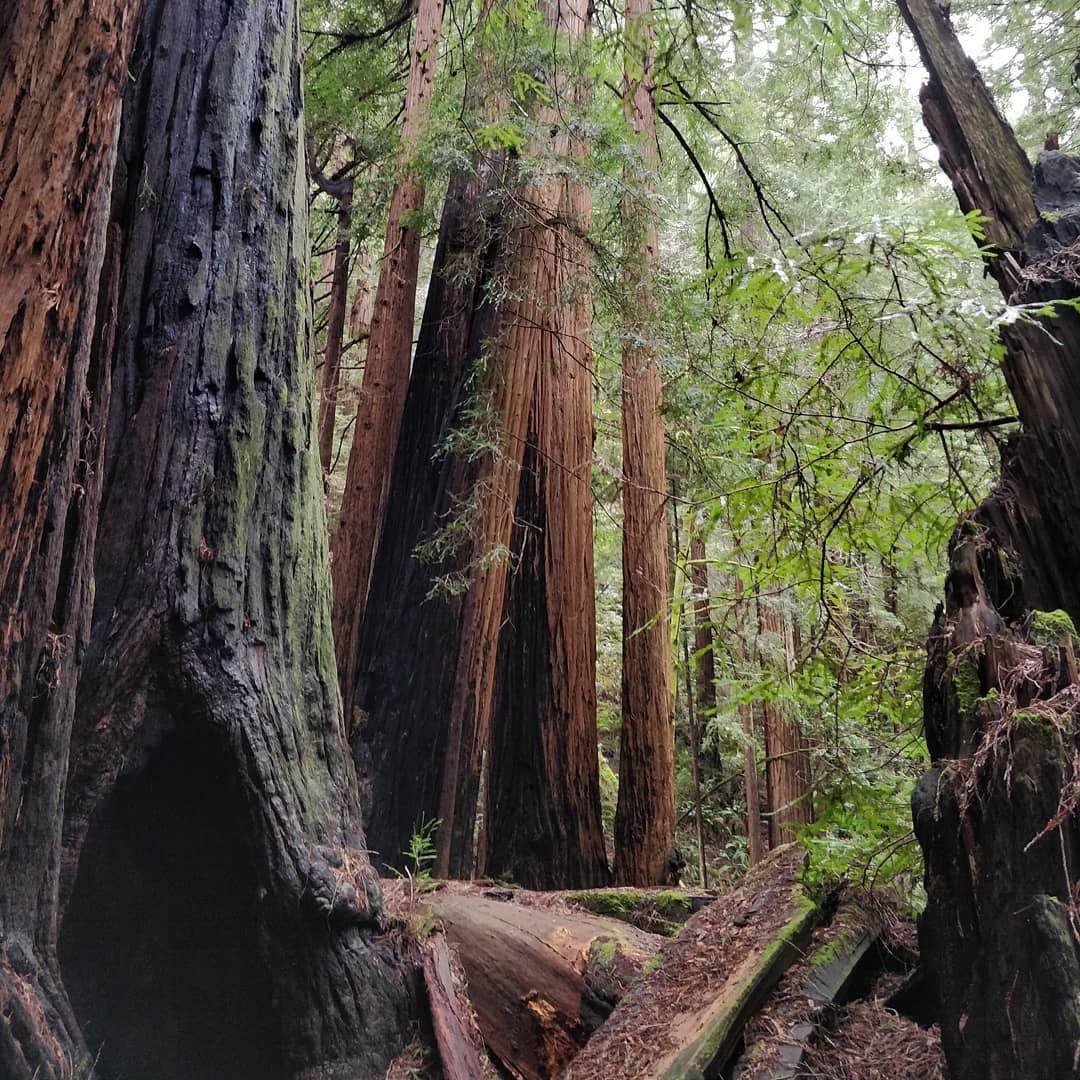
Takeaways
That's about it. There's so much more I could have covered, but this blog post is already getting a little long. Four weeks went by incredibly fast, but given the opportunity to do it again, there's very little that I'd change about my time in San Francisco. More than anything else, my startup adventure was an incredible learning experience. Thanks primarily to the wonderful people that I met, the opportunities that arose as part of the trip, not to mention Nimrod's organisational talents, my time there was amongst the busiest and most productive of my life. While I'm glad to be back in Australia, surrounded by friends and family, going back to the valley - possibly even at the head of my own startup - is definitely on the cards. If you're considering applying for a Startup Adventure, just do it - the experience will change your life (for the better) in ways you can't imagine.
